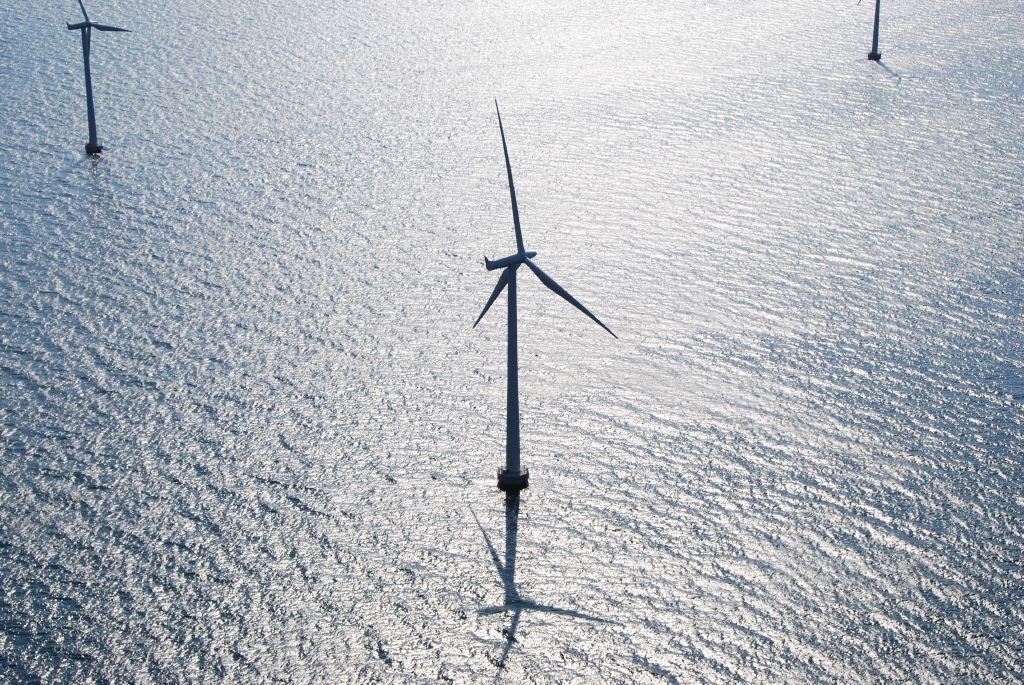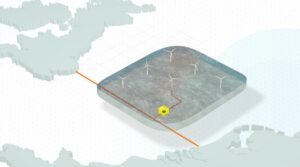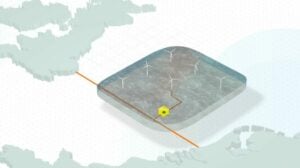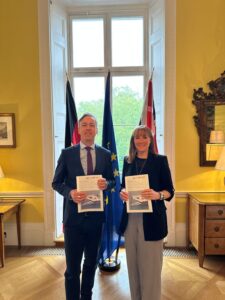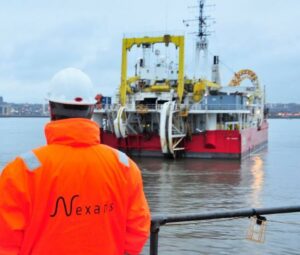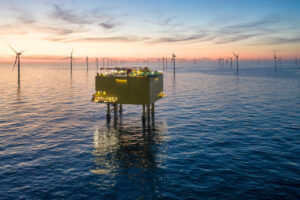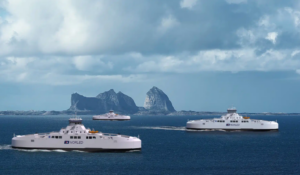After Belgium, Norway exploring options for hybrid interconnectors with two other countries
Just shortly after the announcement that it was investigating the feasibility of a hybrid interconnector between Belgium and Norway, news came in that the Norwegian transmission system operator (TSO) Statnett is exploring options for interconnectors with Denmark and Germany.
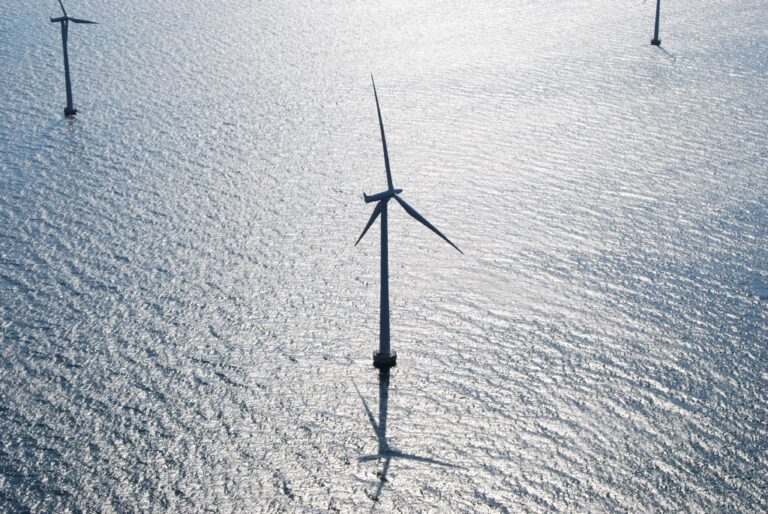
Danish TSO Energinet reported it was starting a collaboration with Statnett to investigate the technical feasibility and possible benefits of a new hybrid electricity connection between Denmark and Norway.
The electricity connection would bring offshore wind from areas near a Danish energy island in the North Sea and from an area in the Norwegian part of the North Sea called Sørvest F.
The agreement between Energinet and Statnett builds on existing cooperation and follows in the wake of a political agreement between Denmark’s and Norway’s energy ministers from June to explore joint opportunities for, among other things, infrastructure solutions in the North Sea for the integration of offshore wind in Denmark’s, Norway’s and other energy systems of northern European countries.
According to the plan, the joint study will be completed at the end of 2024 with a recommendation as to whether there is good reason to proceed with even more detailed analyses of the possible hybrid electricity connection. The connection between the two countries via the energy island is expected to be ready by 2035 at the earliest.
Furthermore, Statnett signed Memorandums of Understanding (MoUs) with Germany’s Amprion and TenneT to investigate the feasibility of hybrid interconnectors.
Amprion noted that its collaboration with Statnett aims to jointly evaluate technical and economical aspects of a hybrid interconnector with the integration of offshore wind energy.
“A hybrid interconnector between the two countries could be a further and important milestone in achieving the climate targets in Europe and making better use of the wind energy potential of the North Sea. With the MoU, we are laying an important foundation for this,” said Hendrik Neumann, CTO of Amprion GmbH.
The MoU with TenneT concerns exploring the possibilities of a hybrid interconnector between Germany and Norway which would not connect offshore wind farms in one country, as is currently the case, but would connect it in parallel to Norway and Germany.
According to this German TSO, a hybrid project could be beneficial for both countries as the wind profiles of Germany and Norway complement each other very well.
“The MoU with Statnett is an important milestone for the cross-border offshore grid in the North Sea. Only by jointly exploiting the potential of the North Sea can we achieve an efficient and robust offshore grid in the future. Our successful cooperation on NorNed and NordLink has shown that TenneT and Statnett are the right partners to drive forward pioneering projects,” Tim Meyerjürgens, COO of TenneT, said.
The news comes after it was earlier today reported that Statnett was investigating the economic and technical feasibility of a hybrid interconnector with Belgian Elia.
Related Article
-
Belgium and Norway looking into hybrid interconnector
Outlook & Strategy

